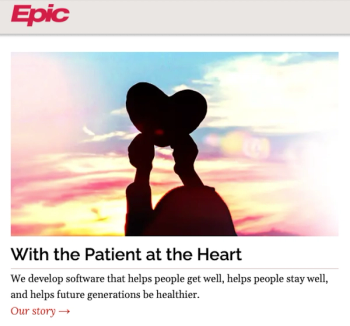
Hospital mergers on track to outpace 2022
Financial need is driving activity, analysts say
Hospital analysts projected that there would be more mergers and acquisitions in 2023, and the predictions are proving to be accurate.
Through the first three quarters of 2023, there have been 53 announced
The third quarter of 2023 saw 18 announced mergers, according to the report. That compares to 10 deals in the third quarter of 2022 and seven transactions in the third quarter of 2021.
Several major deals have been announced this year, including
In July,
Two Wisconsin-based systems,
Hospital merger activity slowed during the COVID-19 pandemic, as health systems were more focused on dealing with the unprecedented crisis than in pursuing deals. However, merger activity has been picking up this year, and
Analysts project more hospitals may be pursuing partners due to financial needs.
So far, nonprofit hospital operating margins have been around 1%, while margins of 3% are generally considered necessary for long-term financial strength, Kaufman Hall reported.
In a July interview Anu Singh, managing director and leader of partnerships, told Medical Economics’ sister publication Chief Healthcare Executive® that more hospital deals are likely.
“Whether it’s strategic in nature for accessing the capabilities, or whether it's financial in nature, because of viability, and all points in between those two extremes, that all leads to the logical conclusion, there's going to be more transaction and partnership activity going forward,” Singh said.
Transactions among nonprofit organizations accounted for 14 of the 18 deals in the third quarter, and 10 of the deals involved academic health systems, Kaufman Hall said.
Total revenue in the third quarter transactions was $8.2 billion, which is higher than the typical figures in the third quarter of previous years but down from the $13.3 billion of the second quarter.
The average deal of the smaller party, or seller, was $453 million in average revenue. That is above historical year-end averages before the pandemic. From 2015 through 2020, year-end averages ranged from a low of $272 million in 2019 to $409 million in 2018.
One potentially big deal is not coming together. UnityPoint Health and Presbyterian Healthcare Services said last week that
Newsletter
Stay informed and empowered with Medical Economics enewsletter, delivering expert insights, financial strategies, practice management tips and technology trends — tailored for today’s physicians.














